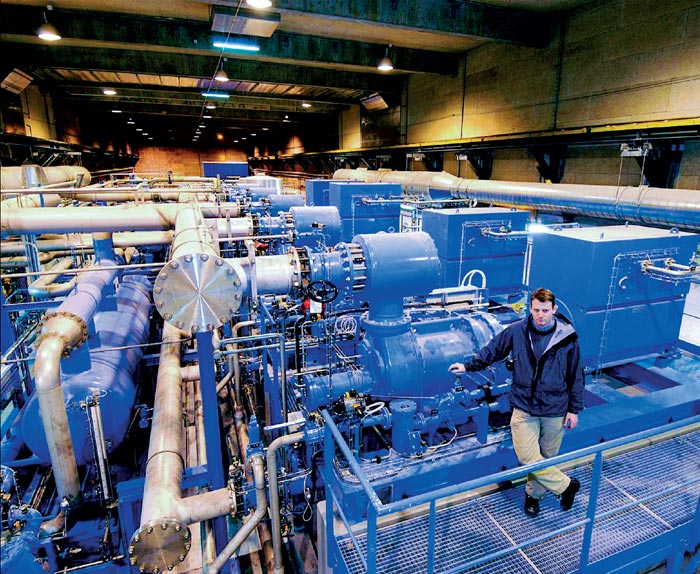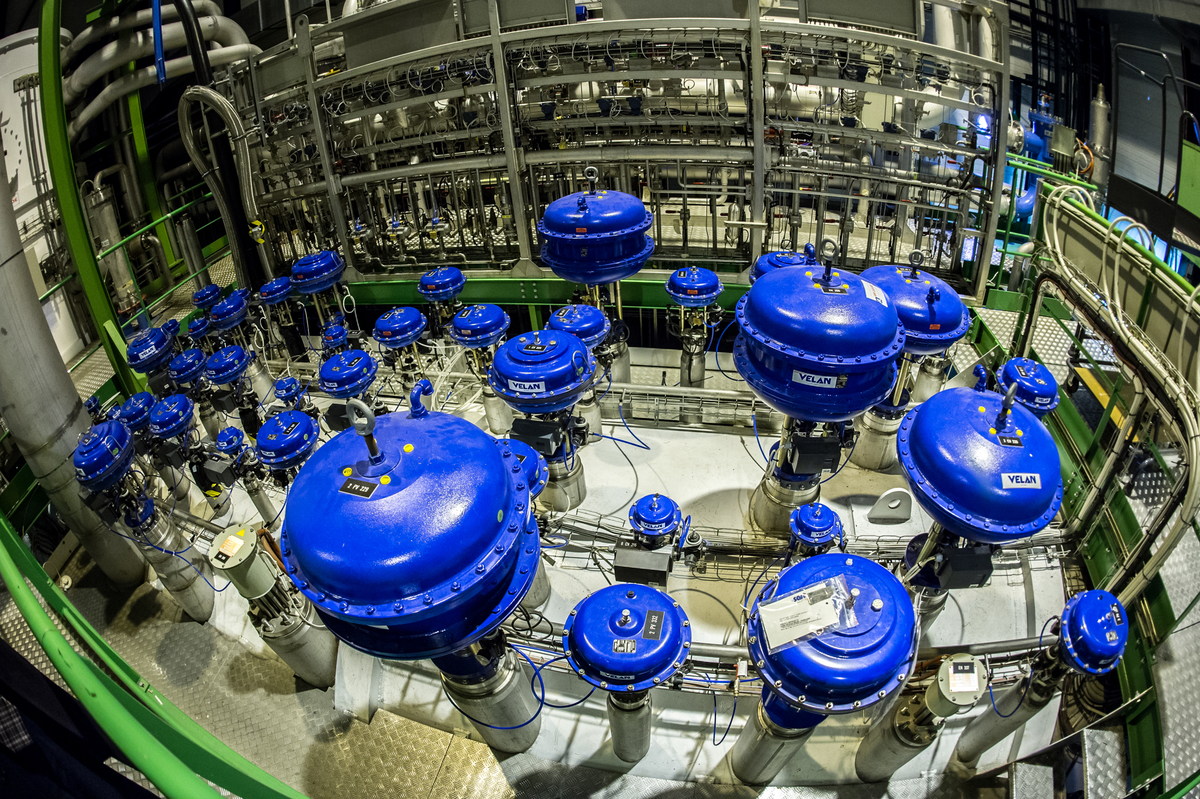Skip to main content
Superconductivity occurs at the very low temperatures that are common at the LHC, the world's largest cryogenic system and one of the coldest places in the Universe! Cooling turns out to be one of the major challenges for future particle colliders that require superconducting systems.
Cryogenics play a crucial role in the development of future lepton and hadron circular colliders, like those explored by the FCC study. The FCC hadron collider (FCC-hh) presents unique challenges for cryogenic technologies, particularly because it will rely on new high-field superconducting magnets made from Nb3Sn or high-temperature superconducting materials. This creates opportunities for industry and new applications, much as was the case with the first large-scale deployments of superconducting Niobium Titanium alloy in the Tevatron and Large Hadron Collider particle accelerators.
The international FCC collaboration is studying new technologies for cooling from room temperature down to 1 Kelvin with unprecedented efficiency to keep energy consumption as low as reasonably possible. Cryogenics and cooling systems find applications in areas beyond particle physics, ranging from the food processing industry to space-transport and satellites, medical imaging, natural gas production, storage and transport, and also cooling appliances in every home!

The compressor unit of the 4.5 K refrigerator at Point 6 of the LHC. The unit provides 18 kW cooling capacity. (Image: CERN)
Key focus of ongoing R&D in the area of cryogenic refrigeration:
-
Energy-efficient refrigeration cycles
-
Highly reliable and cost-effective turbocompressors
-
Non-conventional (e.g. magnetic) refrigeration processes
-
Non-linear dynamic process simulation

